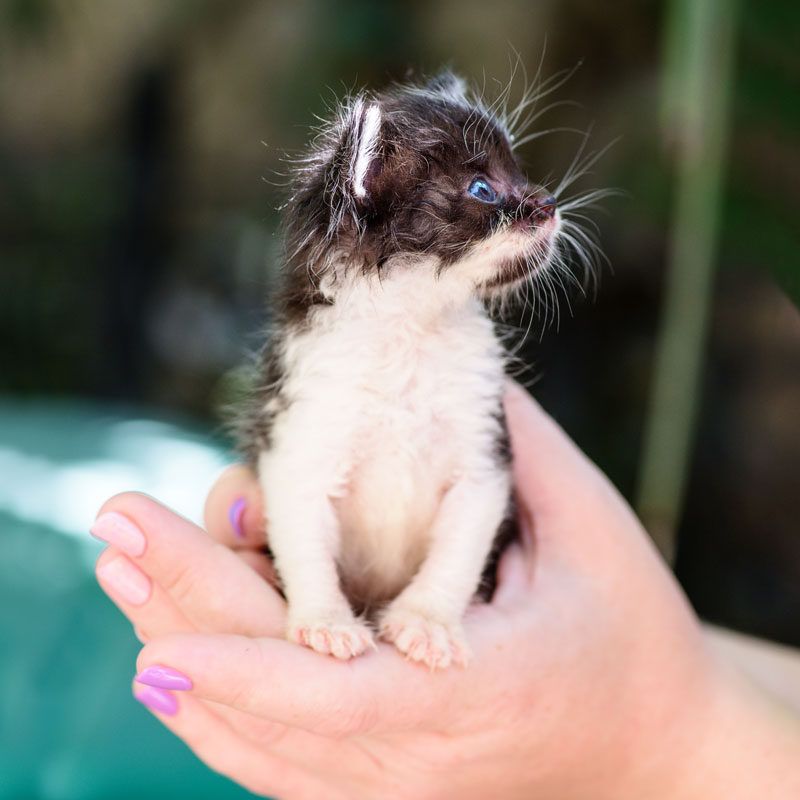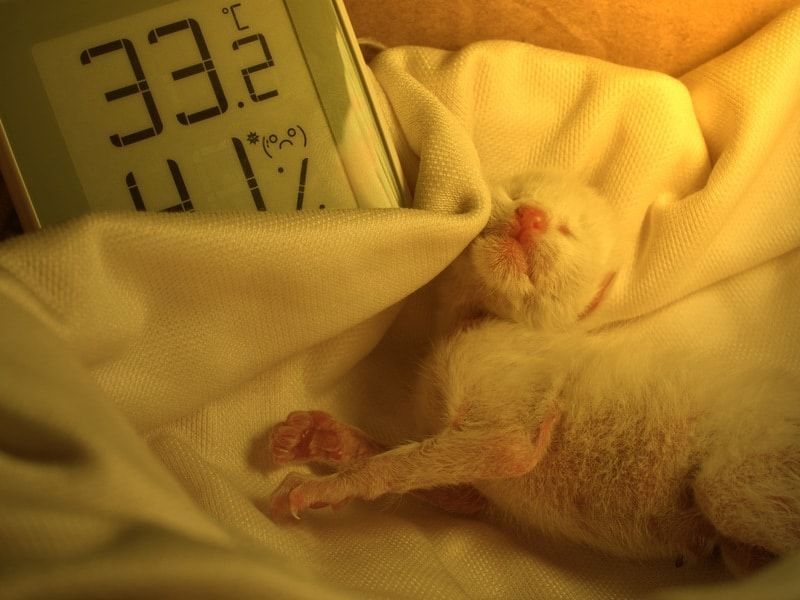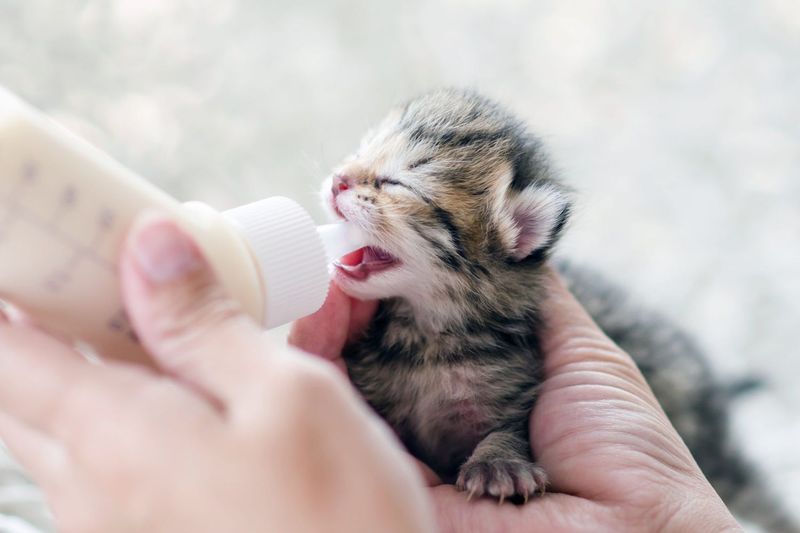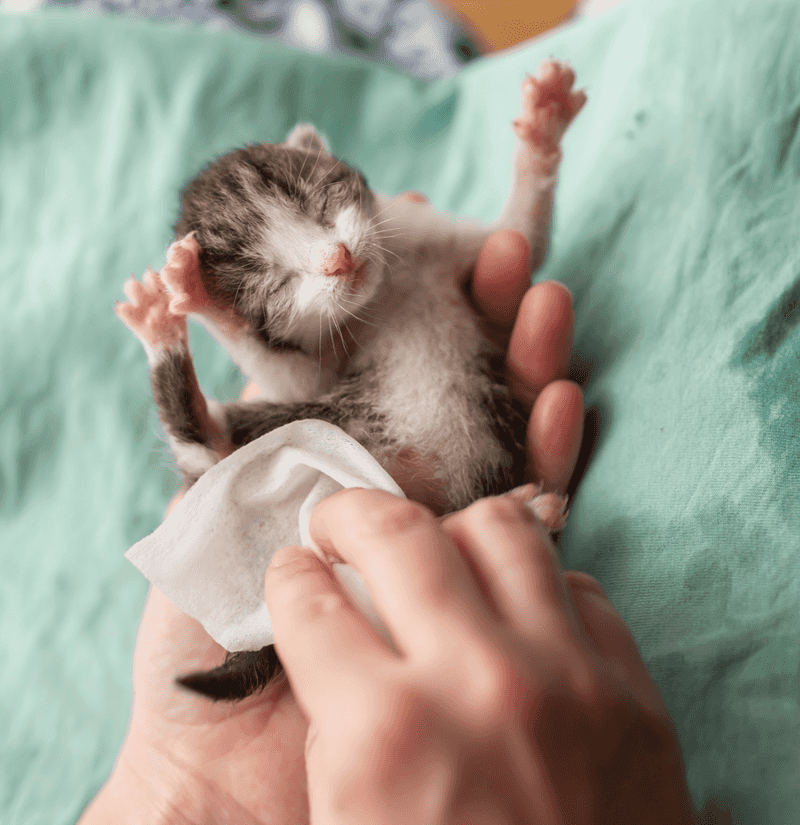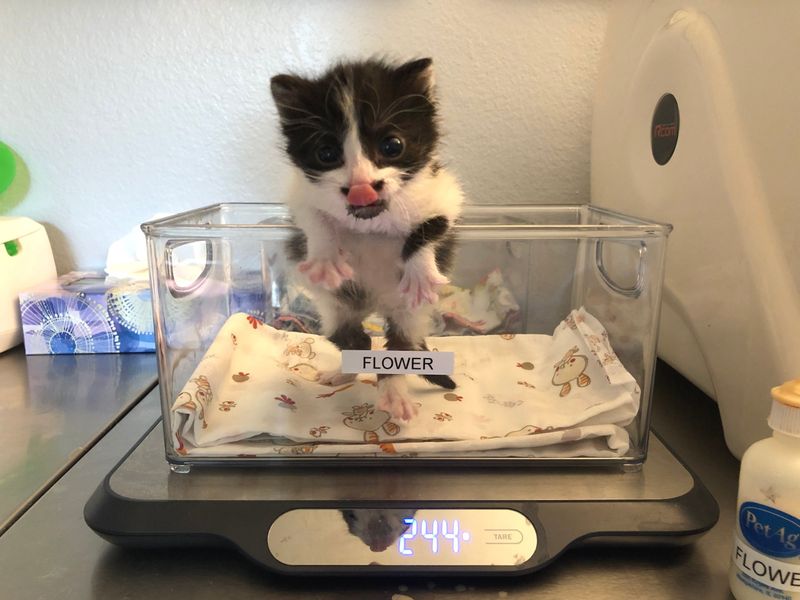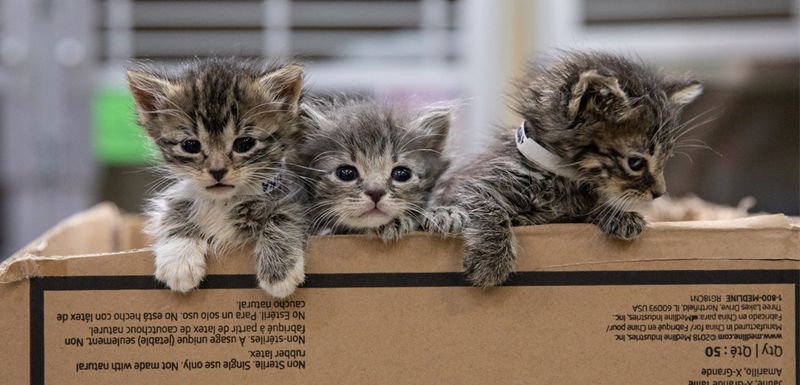📖 Table of Content:
Discovering a litter of kittens without their mother can be heartbreaking and overwhelming. Whether she has truly abandoned them or is temporarily away, your role in the critical first hours can mean the difference between life and death. Understanding what steps to take ensures that these fragile lives are given a fighting chance.
Mother cats may leave their kittens for various reasons—fear, illness, inexperience, or environmental stress. Sometimes, what looks like abandonment is simply a brief absence. That’s why it’s essential not to jump to conclusions and instead approach the situation with a calm and informed mindset.
This guide will walk you through 8 essential tasks to perform if you believe the kittens have truly been left behind. Each action is designed to stabilize the kittens’ health, provide short-term support, and prepare for long-term care or rehoming. Let’s dive into what you can do right away to save these little lives.
1. Observe Quietly Before Acting
Before you intervene, allow time to assess the situation with patience and discretion. A mama cat may be nearby, watching you, especially if she’s feral or fearful of humans. It’s a good idea to stay at least 20–30 feet away and check from a distance for a couple of hours. Avoid touching or moving the kittens unless you’re sure they’re in immediate danger. If the kittens appear warm, content, and fed, the mother is likely caring for them, even if you don’t see her. However, loud noises, dogs, or human presence may be temporarily keeping her away. Your silent vigilance can prevent unnecessary separation and ensure you only intervene when truly needed.
2. Check the Kittens’ Condition
Evaluating the health of the kittens gives you insight into how urgent their needs are. Healthy kittens are generally warm to the touch, have round bellies, and sleep quietly. In contrast, those who are cold, thin, crying excessively, or twitching are in distress. Gently touching their ears and paws can help assess temperature—cold kittens need warmth before food. Their fur should be soft and clean, not matted or crusted with dirt or discharge. If you find fleas or signs of infection, their risk increases and care becomes more urgent. Taking note of these signs helps you act quickly and prioritize what they need most.
3. Provide Immediate Warmth
Warmth is more crucial than food in the first few hours. Hypothermia can kill kittens quickly, so creating a cozy environment is your first priority. Wrap them in soft towels and nestle them in a box or carrier. You can place a heating pad under one half of the box—never directly under the kittens—to allow them to move away if it gets too warm. Alternatively, fill a bottle with warm water and wrap it in a sock or towel for a makeshift heat source. Monitor the temperature with your hand to ensure it stays comfortably warm, not hot. A consistently heated space gives them the stability they need to survive.
4. Offer Kitten-Safe Formula
Feeding hungry kittens the right nutrition is essential for survival. Always opt for a kitten milk replacer (KMR), which can be found in pet stores or vet offices. Using a small bottle or syringe, offer formula warmed to body temperature—not hot, just gently warm. Each kitten needs feeding every 2–3 hours if under two weeks old, including throughout the night. Be careful not to feed too quickly or too much; overfeeding can cause aspiration pneumonia or stomach upset. Position them belly-down (never on their backs) during feeding, mimicking how they’d nurse from their mother. With every drop, you’re helping replenish their energy and support development.
5. Help Them Eliminate Waste
After feeding, help the kittens go to the bathroom—this is a natural process the mother usually handles. Use a soft, damp cotton ball, tissue, or cloth and gently stroke their genitals and anus. It may take a minute or two, so don’t give up too soon. Doing this after every feeding helps prevent urinary and digestive blockages, which can be fatal in neonates. You’ll know it’s working if you see small amounts of urine or stool on the cloth. Dispose of soiled materials immediately and wash your hands thoroughly after handling. This simple task is often overlooked, but it’s just as vital as feeding.
6. Keep Their Environment Clean and Quiet
Maintaining a clean and calm space helps keep the kittens stress-free and healthy. Choose a quiet area like a spare room or a closet away from children, pets, and loud noises. Lay down clean towels or fleece blankets and change them daily—or more often if soiled. If using a heating pad or lamp, monitor it regularly to avoid overheating or fire hazards. Soft lighting and limited handling help them stay calm and conserve energy. Keep their space free from drafts or direct sun exposure, both of which can cause dangerous temperature swings. A peaceful setting allows them to rest and grow without unnecessary stress.
7. Monitor Their Growth and Behavior
Tracking each kitten’s growth and habits provides a window into their overall health. Weigh them once a day using a digital kitchen scale—normal weight gain is about 10–15 grams per day. Record their progress in a notebook or app so you can catch any changes early. Watch for warning signs like refusal to eat, labored breathing, bloated stomachs, or constant crying. Also pay attention to cleanliness—discolored urine, diarrhea, or matted fur can signal infection. Staying observant ensures you can respond quickly to problems and gives you talking points for vet visits. Daily care becomes much more effective when backed by attentive observation.
8. Contact a Veterinarian or Rescue Group
Once the kittens are stable, reaching out for expert help is a smart move. Call your local animal rescue, veterinary clinic, or shelter to ask about next steps. They can help with vaccinations, medical evaluations, and foster placement if you can’t care for them long term. These professionals also screen for common illnesses like upper respiratory infections or parasites. Many have resources like loaner supplies or emergency support. You’re not alone—there’s a network ready to assist you and the kittens. Partnering with experienced caregivers increases the kittens’ chances of thriving and finding loving homes.


